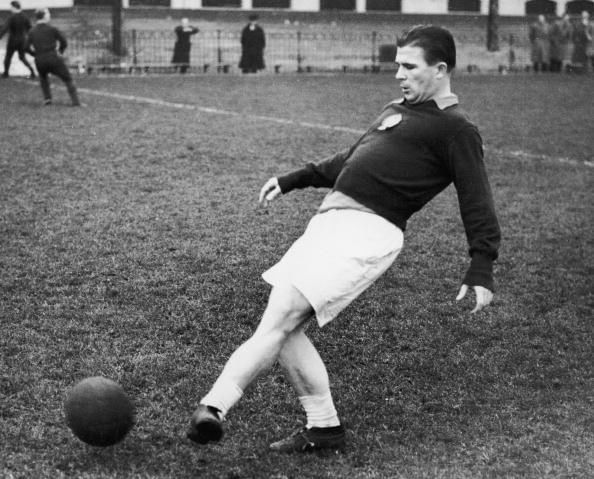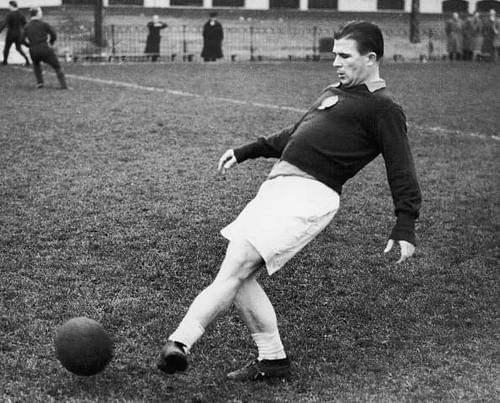
Selection process for the Puskas Award
The best players are the ones who outshine not only their teammates but make a mark on world football itself. Youngsters try to pick up some their traits and each and every move they make is watched by millions across the globe.
Unfortunately, in the mid 20th century, technology wasn’t this advanced. But then again, the best always make their mark. One such player was Ferenc Puskas from Hungary, who bombarded goals at will, scoring a massive 512 goals in 528 club appearances.
He was equally prolific in front of goal with the Hungarian national team, scoring 84 times in 85 caps. He is widely considered as 20th century’s most prolific and potent goal scorer in European football.
Establishment of the Award
On 20th October 2009, FIFA decided to establish the Puskas award for the most aesthetically significant, most beautiful goal of the year.
Sepp Blatter, one of the foremost persons in initiating this accolade said at the inauguration, “It is important to preserve the memory of those footballing greats who have left their mark on our history. Ferenc Puskás was not only a player with immense talent who won many honours but also a remarkable man. FIFA is, therefore, delighted to pay tribute to him by dedicating this award to his memory.”
The first winner of this award was the then Manchester United player Cristiano Ronaldo, who won this award for his sublime long-range effort against FC Porto in the 2008-09 UEFA Champions League.
This was followed by Hamit Altintop’s screamer from the edge of the box against Kazakhstan in the 2012 Euro Qualifiers. Neymar was the recipient of this trophy in 2011 for his goal against Flamengo for his hometown side Santos.
2012 saw Fenerbahce's Miroslav Stoch win this award with a humongous 78% vote share for his volley against Genclerbirligi while in 2013 Zlatan Ibrahimovic won the Puskas award for his surreal overhead kick for Sweden against England.
The Puskas award is now one of the highlights at the annual Ballon d’Or gala. What makes this award more special is the fact that the selection of the winner is purely based on public vote.
Process of Selection
The FIFA and a selected committee compile a list of 10 goals between the period of October of the previous year to the September of the current year and these nominations are then enlisted along with video clips of those goals, on FIFA.com and francefootball.fr.
One of the foremost criteria for selections is that the prize should be awarded irrespective of the football division, nationality or gender. Other points of selection involve that the goal shouldn’t be a consequence of the opponent’s mistake, a deflection or resulting from unfair play.
The 10 goals chosen are then put to a public vote. This is the first round of voting. After this, by the end of November, FIFA releases the 3 names whose goals have garnered the maximum number of votes in the first phase.
The second round of public voting commences soon after and the voting lines are closed just days before the actual ceremony. The award is then given to the player who has received the maximum number of votes in the two rounds combined.
However, in all this, the FIFA has the final say as to which vote is legit and which isn’t based on their findings of unethical and/or disreputable acts. Moreover, they are not obliged to disclose the details of the same to that individual or anyone else regarding the same.
Last year, Colombia and Real Madrid star James Rodriguez won this award for his spectacular effort against Uruguay at the World Cup. He won it with a vote share of 42%, 9% more than second placed Stephanie Roche.
The list of ten is out for this year and there are some tough choices to make from goals ranging across different styles, divisions and continents alike. The shortlist of three will be out on November 30, so go to fifa.com and cast your vote for the goal of the year!


